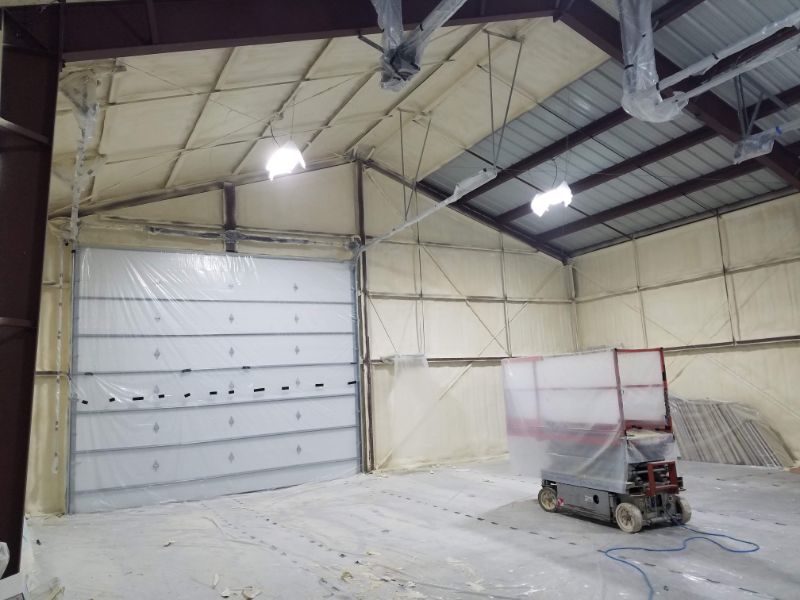
Understanding Metal Building Insulation in Oregon’s Climate
Insulating metal buildings, including pole barns in Oregon, is crucial due to the state’s varied climate, which ranges from coastal dampness to the dry, colder conditions of the eastern region. Metal structures, inherently excellent conductors of heat, can lead to significant energy loss if not properly insulated. This article delves into the benefits and effective techniques of insulating metal buildings in Oregon, ensuring they are comfortable, energy-efficient, and suitable for the diverse climate.
Benefits of Insulating Metal Buildings in Oregon
Energy Efficiency
One of the primary benefits of insulation in metal buildings is enhanced energy efficiency. Insulation helps maintain a stable temperature inside the building, reducing the need for heating in winter and cooling in summer. This energy conservation translates to lower utility costs and a smaller carbon footprint.
Condensation Control
In Oregon’s humid climate, condensation can be a significant issue in metal buildings. Proper insulation creates a barrier that reduces condensation, thus preventing rust and corrosion in metal structures and ensuring their longevity.
Improved Comfort
Insulation in metal buildings also improves overall comfort. It keeps the interior warmer during the cold months and cooler during the summer, making the space more suitable for various uses, from workshops to livable spaces.
Soundproofing
Insulation can also act as an effective sound barrier, reducing the noise from rain and wind – a common occurrence in Oregon. This soundproofing is particularly beneficial for buildings in residential areas or for those used for activities that require a quieter environment.
Effective Insulation Techniques for Metal Buildings in Oregon
Choosing the Right Insulation Material
Selecting the appropriate insulation material is essential. Options include fiberglass, rigid foam boards, spray foam, and reflective insulation. Each type has its specific benefits and suitability depending on the building’s location and use. For instance, spray foam insulation, while more expensive, offers excellent air-sealing properties and a higher R-value per inch compared to fiberglass.
Proper Installation
The effectiveness of insulation significantly depends on proper installation. It’s crucial to ensure that there are no gaps and that the insulation covers every part of the building uniformly. Special attention should be paid to doors, windows, and corners, where heat loss is most likely to occur.
Consideration of R-Value
The R-value is a measure of thermal resistance. In Oregon, where the climate varies significantly, it’s important to choose an insulation material with an R-value suitable for both the coldest and warmest conditions expected in the region where the building is located.
Retrofitting Existing Buildings
For existing metal buildings, retrofitting them with insulation can be challenging but highly beneficial. It often involves adding an insulation layer on the interior or exterior of the building. In some cases, particularly for buildings used for storage or less frequent use, installing a radiant barrier might be a cost-effective solution.
Insulating metal buildings in Oregon is not just about improving energy efficiency; it’s also about enhancing the functionality and longevity of these structures. With Oregon’s diverse climate, the right insulation technique and material can make a significant difference in comfort, cost savings, and the overall usability of metal buildings and pole barns. Homeowners and business owners in Oregon should consider these factors carefully to ensure their metal structures are well-equipped to handle the state’s unique environmental conditions.